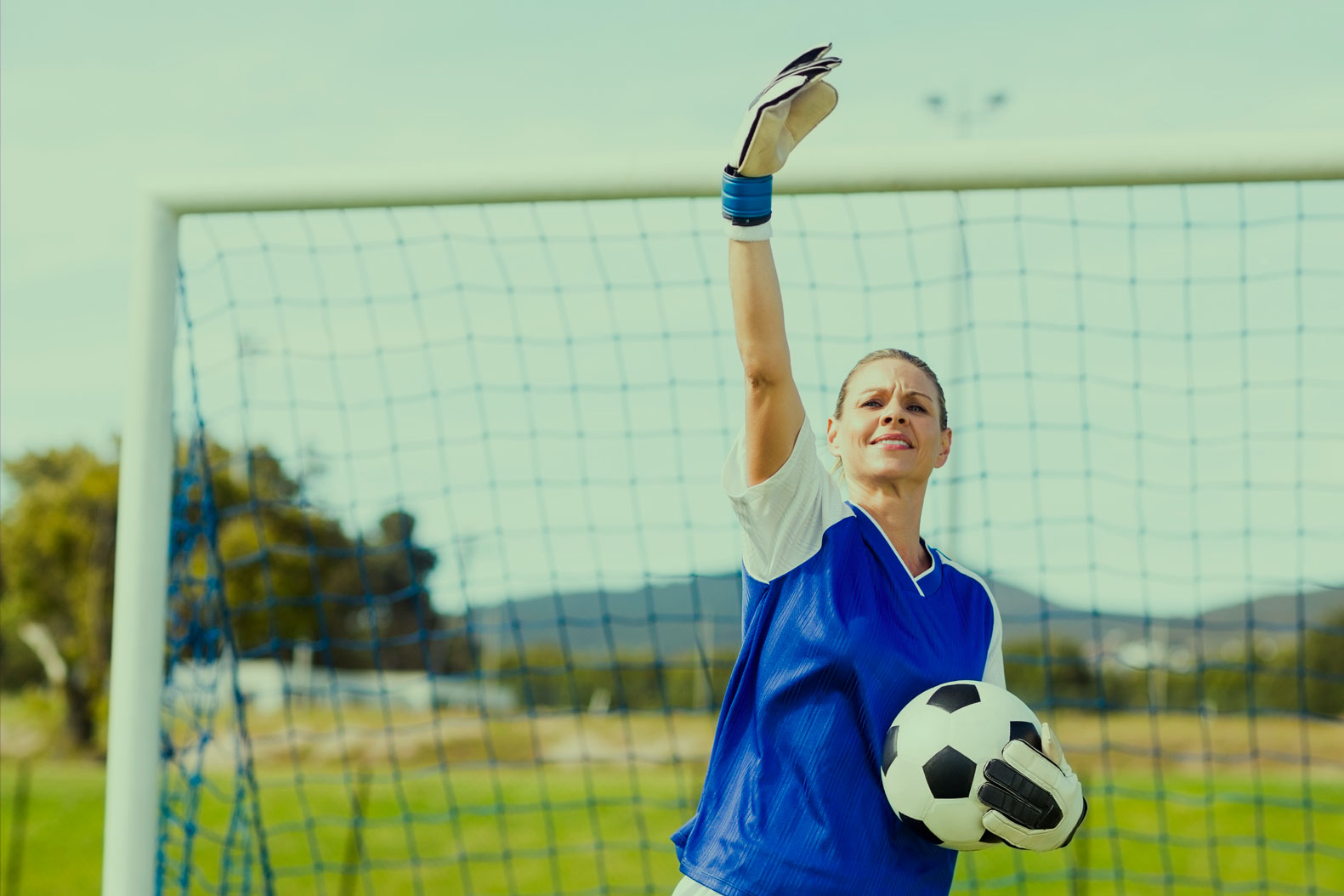
Goalkeeper-Defense Communication: Strategies for Optimal Coordination and Defensive Efficiency
Antoine Roex, Keeper In Motion – 23 January 2025
An effective communication between the goalkeeper and his defense is essential to strengthen coordination and defensive efficiency. This article explores key techniques to optimize this crucial interaction on the field.
The goalkeeper’s central role in defensive organization
From his privileged position, the goalkeeper has an overall view of the game, allowing him to anticipate opponents’ actions and direct his defenders accordingly. By communicating clearly, he can organize the defensive line’s positioning, indicate marking assignments, and warn about attackers’ movements.
This proactive guidance contributes to a more structured and responsive defense, reducing spaces the opponent can exploit. Constant and precise communication between the goalkeeper and his defenders is therefore indispensable to maintain solid defensive organization.
Verbal and non-verbal communication techniques
Communication between the goalkeeper and his defense is not limited to verbal instructions. Non-verbal signals, such as hand gestures, eye contact, and body language, play a crucial role in rapidly transmitting information, especially in noisy environments where oral commands can be difficult to hear.
The use of concise keywords and predefined signals facilitates immediate understanding and execution of the necessary defensive actions. Effective synchronization of verbal and non-verbal communication enhances team cohesion and defensive efficiency.
Exercises to strengthen communication on the field
Incorporating specific drills during training sessions can improve communication between the goalkeeper and his defense. Simulating match situations—such as set-piece attacks or fast breaks—allows for real-time practice of information exchange. Role-playing situations where defenders must react to the goalkeeper’s instructions also foster better mutual understanding.
Regular practice develops automatisms and builds trust among players—essential elements for an effective defense.
The impact of communication on team performance
Smooth communication between the goalkeeper and his defense results in better tactical organization, increased anticipation of opponents’ actions, and a reduction in individual mistakes. This defensive harmony instills a climate of trust within the team, allowing players to focus on their specific roles, knowing they can rely on the support and directives of their teammates.
Thus, effective communication directly contributes to defensive solidity and, by extension, the team’s overall performance.
Conclusion
Communication between the goalkeeper and his defense is a fundamental pillar of defensive efficiency. By developing verbal and non-verbal communication techniques, training regularly with specific exercises, and cultivating mutual understanding, teams can strengthen their on-field coordination.
This defensive synergy is essential to anticipate opponents’ actions, minimize errors, and optimize collective performance.
References :
- Gardien de foot : rôle, techniques et enjeux du poste
- Goalkeeping Communication Do’s & Don’ts | Goalkeeper Guide
- Communication en match : la stratégie essentielle pour la réussite des gardiens de but
- L’Art de la Communication pour les Gardiens : Diriger la Défense avec des Instructions Claires
- 5 football drills to improve communications – Football Techniques
